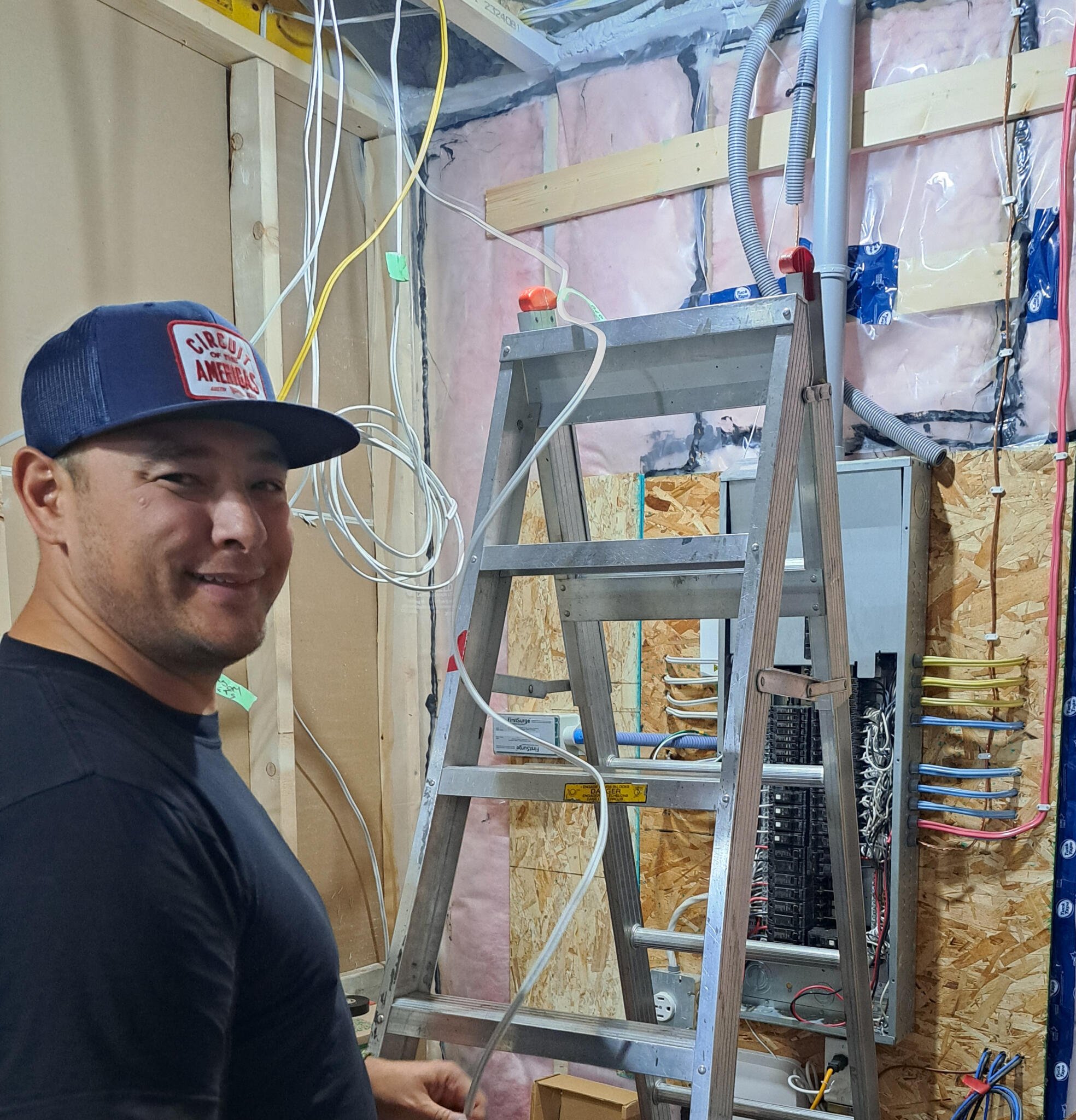Don’t get me going in 50$ arc fault breakers and their failure rate. Complete bs. They cause more problems than their supposed safety value.
The last 20 years of Home Power Have Been Amazing
In the late 1990s I installed my first electric panels. Mostly for the sake of running a safe woodworking workshop but also to enable the multiple window units and my partner and my offices, plus the TV and stereo, of course.
At that time whole house surge protectors were available but not required. Being an IT guy in a storm prone area of course I went for it. Otherwise however breakers were rather similar to those from the original mid 1960s versions. I mean, I’m sure there were improvements in panel technology and how breakers were manufactured but for the home there were really only two aspects you needed to care about:
- Current capacity
- Poles (1 or 2)
And for the home owner that’s were things stood for almost 40 years. In the last 20 years though much has changed. Arc fault (AFCI or CAFCI) first required in 2002 for bedrooms. Now (since 2017) they are required practically everywhere in a home. Whole house SPDs (surge protectors) are required from 2020.
Most recently, the 2023 NEC greatly expanded the use of Ground Fault (GFCI) protection. GFCI’s which were limited to kitchen and bath outlets are now required for your washer and dryer, microwave, range, dishwasher and (in my case) garbage disposal. Take a look at any modern panel. You’ll see 4 different types of breakers:
- Old fashioned
- GFCI (white test button)
- CAFCI (dark blue test button)
- Combined GFCI + CAFCI (pale blue test button)
And outlets? Have you noticed weather resistant (WR, 2008) or tamper resistant (TR, 2008) requirements? In addition to GFCI requirements. Sheesh. It’s a marvel any electrician can keep them all straight, let alone a home owner.
Of all these improvements though the only one I'd suggest you rush out and get is the whole house surge suppressor unless your breaker panel is running 40 years old in which case a replacement may be a good idea soon.
- ...
- 56 posts total
forgot to ask, why do I want a whole house surge protector when everything important is either on a power conditioner, with a magnetic surge protector or a UPS for the computers, NAS, Router etc? Would I need one for the sub panel? And what is involved in installing one or maybe two whole house surge protectors? |
@erik_squires Many of us feel power amps sound best when plugged directly into the wall outlets. But these amps tend to have good internal protection. Obviously whole house surge protection would help shield other costly appliances, but how valuable for good power amps? |
@hickamore the amps don't generally have internal protection, they have good power supplies that handle the noisy sine waves of utility power. the only protection they have is the mains fuse. A surge protector is different than a fuse. a fuse won't protect you from a lightening strike. a surge protector doesn't always eitehr but makes an attempt. The whole house surge protector doesn't try to "clean up" your power or "condition" it. it just opens a breaker very quicky when it detects a surge So it doen't limit current like some power "conditioners" do. It is this power limiting characteristic that makes your amp sound better plugged into the wall. Jerry |
@bigtwin said: Forgot the picture. 🤣
The Siemens Type 2 SPD is too far from the panel. It should be mounted close to the panel enclosure using a close nipple, or chase nipple.
Here is a great video that shows why the Type 2 SPD should be installed next to the panel enclosure near the 2 pole 20A breaker that's best installed close as possible to the panel main breaker or main lug only feed lugs. Factory lead wires from SPD should be cut to keep leads as short as possible without creating any sharp bends.
I attended a power Quality Seminar where this actual test was demonstrated. (No smoke and mirrors used in the demonstration.)
.
Above video verifies the case...
.
|
- 56 posts total


